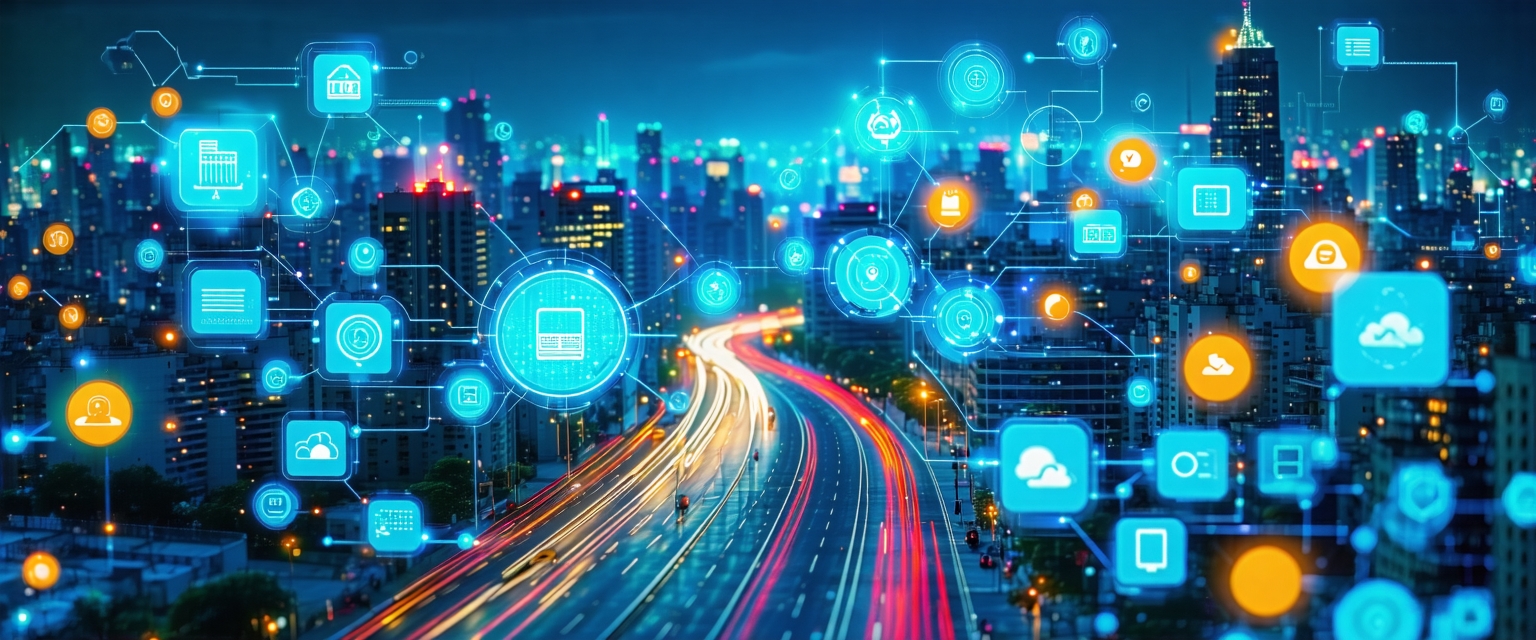






The Internet of Things (IoT) continues its rapid evolution, with recent advancements promising to reshape urban environments and everyday life. New innovations in connectivity, security, and data analytics are driving this transformation.
The IoT, encompassing interconnected devices collecting and sharing data, has already impacted various sectors. From smart homes and wearables to industrial automation and environmental monitoring, its influence is undeniable. However, scalability and security concerns have historically hampered wider adoption.
Previous limitations included interoperability issues between diverse devices and a lack of standardized security protocols. This has led to fragmentation and concerns over data privacy and security breaches.
Significant progress has been made in addressing these challenges. New mesh networking technologies are improving connectivity in challenging environments, such as densely populated urban areas. Advanced encryption techniques and AI-powered security systems are enhancing data protection.
Furthermore, the development of standardized communication protocols is facilitating seamless integration between different IoT devices, creating a more cohesive and manageable ecosystem. The emergence of edge computing, processing data closer to its source, is also reducing latency and improving data management.
These advancements are leading to the creation of smarter cities. Real-time data from connected sensors is optimizing traffic flow, improving public safety, and enhancing resource management. Predictive analytics, powered by AI, is enabling proactive maintenance of infrastructure and better preparedness for emergencies.
Moreover, improved energy efficiency is becoming a reality, as smart grids and connected appliances enable optimized energy consumption patterns. This has implications for both environmental sustainability and financial savings.
The future of IoT looks bright, with ongoing research focused on even more secure and efficient systems. Expect to see further integration of AI and machine learning, driving even more sophisticated data analysis and automation. The development of 6G networks promises to significantly improve data speeds and reduce latency.
The increasing use of blockchain technology may also play a significant role in enhancing data security and ensuring trust among different stakeholders. As the technology matures and becomes more accessible, we can expect even wider adoption and integration across all aspects of our lives.